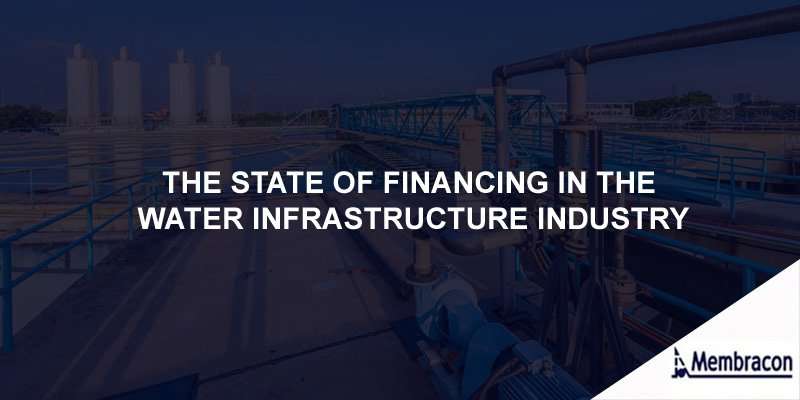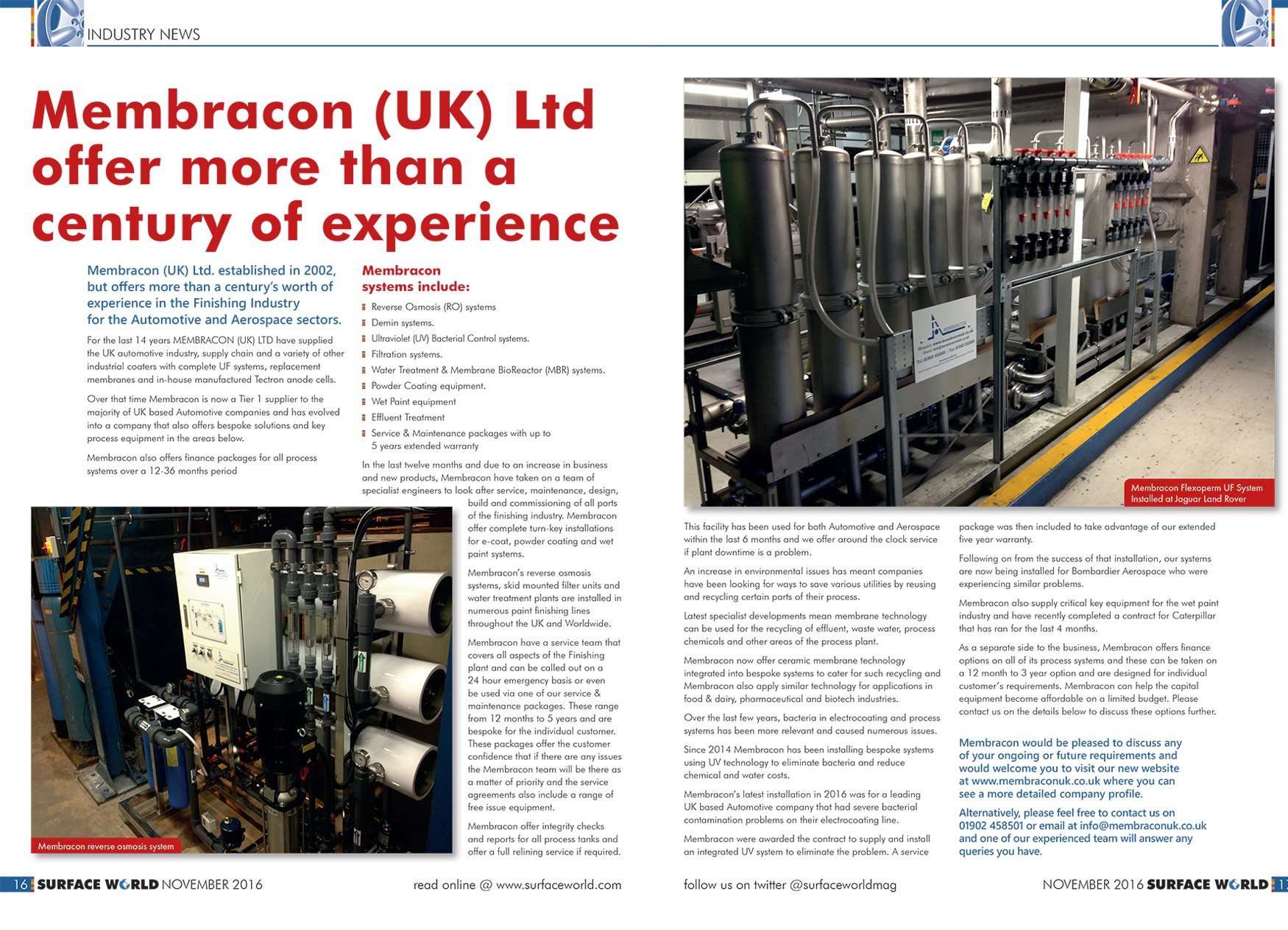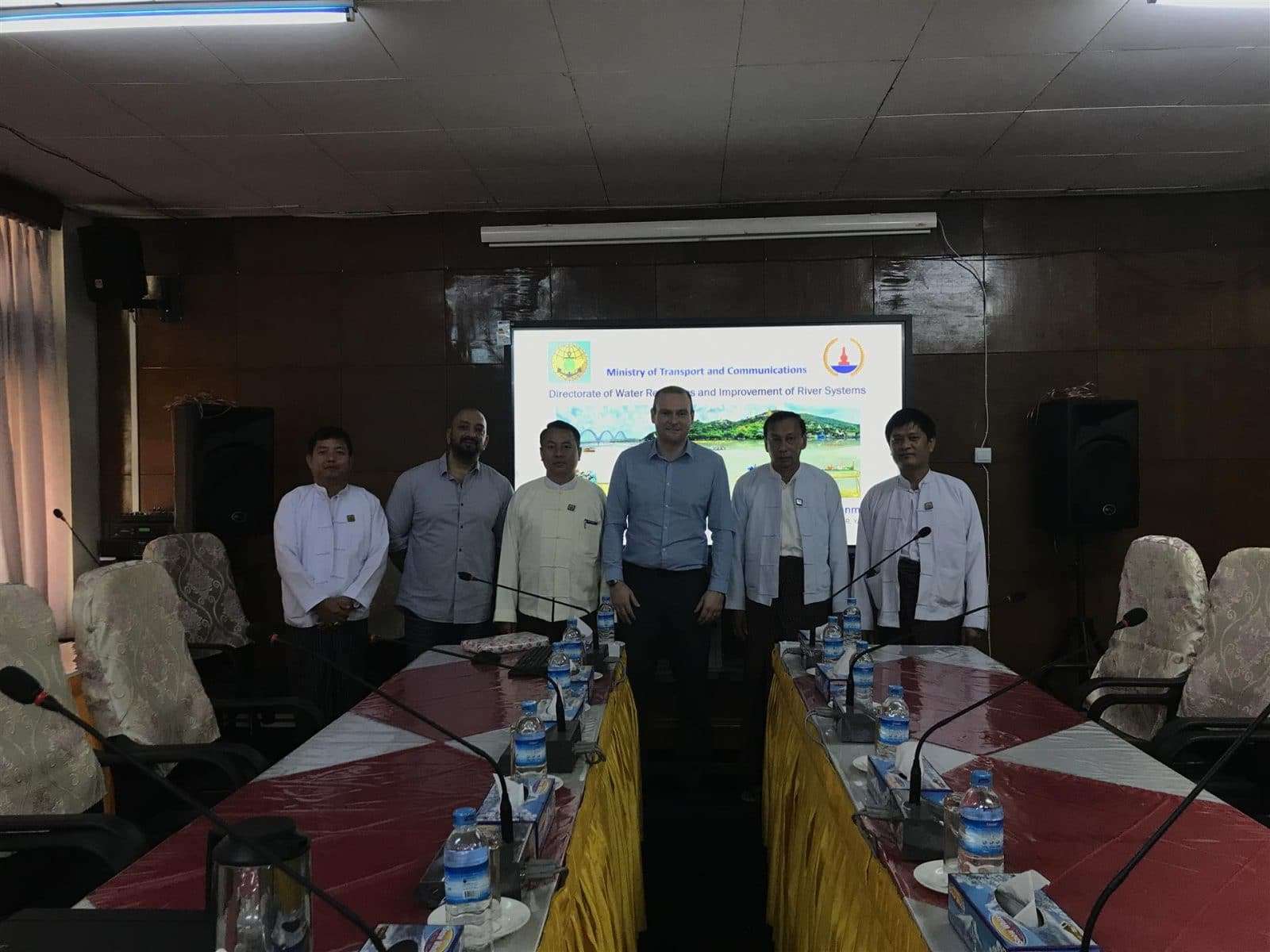
The state of financing in the water infrastructure industry
The global water industry is seeing a demand explosion due to population growth and socio-economic factors. Demand is increasing for water infrastructure. However, financing for new infrastructure can be challenging to obtain.
The reality is most water infrastructure projects have poor liquidity unless the project is commercially viable. Lenders must weigh up construction/technology risk and revenue risk for any project, no matter its intentions.
Financing for water infrastructure
Finance lenders are not interested in financing commercially unviable water projects, and generally, they will only back proven technologies. This creates a problem for start-ups and companies that manufacture new, innovative technologies.
Because water infrastructure projects are inherently complex with many moving parts, financiers also want visibility over construction. Fixed-price contracts are preferred to mitigate risk, but they usually have higher prices. Another method is Engineering Procurement Construction (EPC) contracts.
Lenders also don’t like price and volume risks that could affect the long-term revenues of a water project. This is true for utility projects, which must demonstrate a long-term plan to assure revenues. One way is with long-term offtake agreements, guaranteeing sales of goods in advance of generation and supply.
In emerging economies with a low sovereign credit rating, debt is often sourced from Development Finance Institutions (DFIs) or Export Credit Agencies (ECAs) for global projects because commercial banks are hesitant to lend.
Commercial banks are the core lenders in developed economies, followed by independent business lenders. In any case, mobilising liquidity for water projects is challenging, especially for utility and water sanitisation.
Membracon’s solutions for financing
Membracon offers various solutions for acquiring and purchasing equipment related to water infrastructure projects.
Sustainable Financial Framework
Our Sustainable Financial Framework makes it easier to finance water recycling, polishing, reclamation and separation systems.
Engineering Procurement Construction (EPC) contracts are an excellent way to give lenders visibility over construction. We can also go further with Build Own Operate (BOO) models, where companies pay for system use only.
With BOO contracts, we can offset the cost of operation from the savings made in using the system, significantly improving project liquidity.
Another model is the Build Own Transfer (BOT) model, where companies take ownership of systems at the end-point of the contract. This has higher financing requirements but results in ownership of an asset, again improving liquidity.
Financial Flexibility Plans
With Membracon, companies can take out a Lease Purchase Agreement (LPA) where they lease systems with ownership at the end, or a Hire Agreement where they hire systems and ownership of the system stays with us.
There are CAPEX, OPEX, tax and balance sheet benefits to financial flexibility plans, making them good investment routes.
For example, debt does not appear on the company’s balance sheet, and the company can claim tax deductions for interest charges under the contract. Service & Maintenance is also built into the contract, reducing operating costs.
To find out more about how we can help, contact us.












